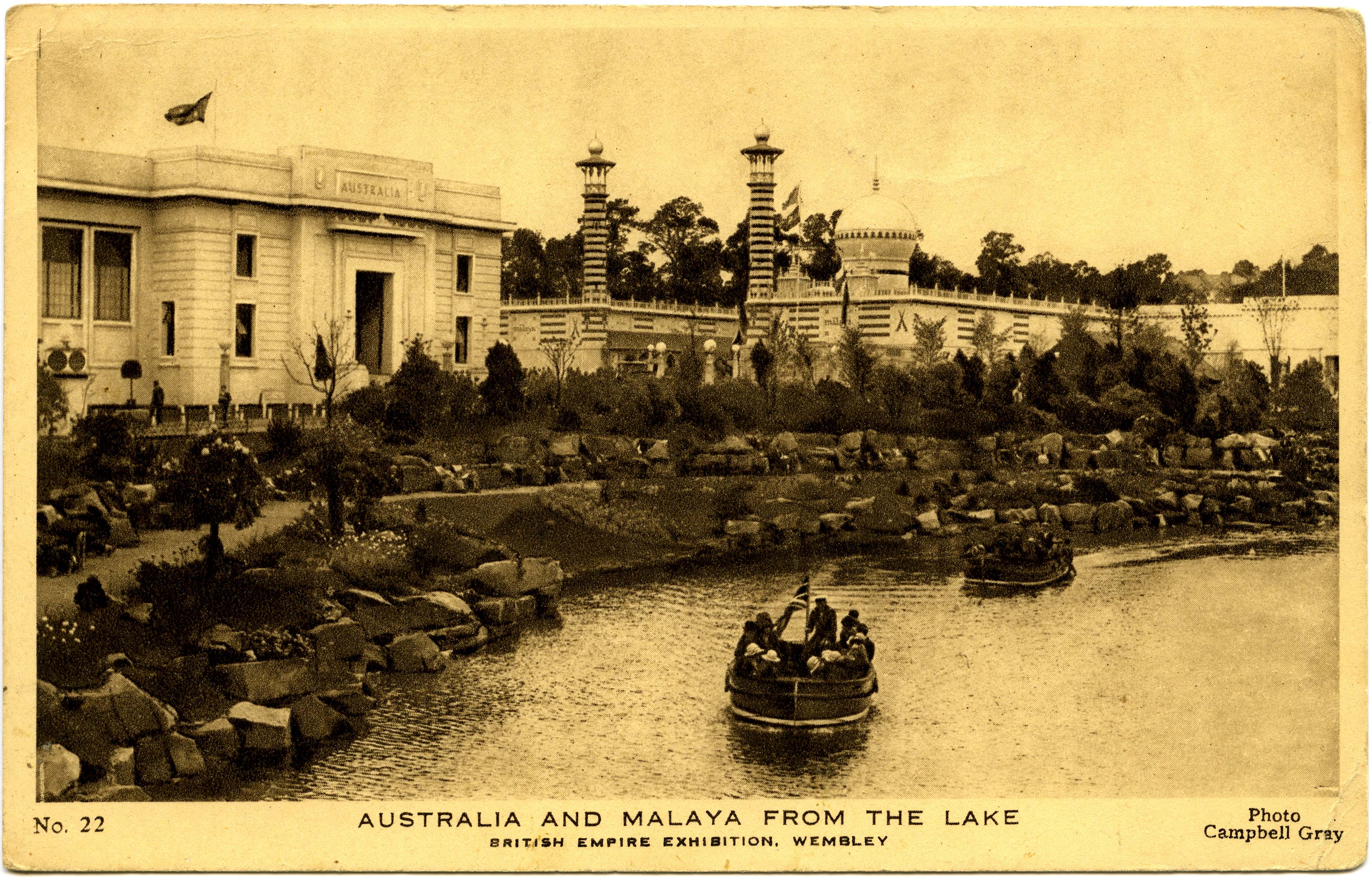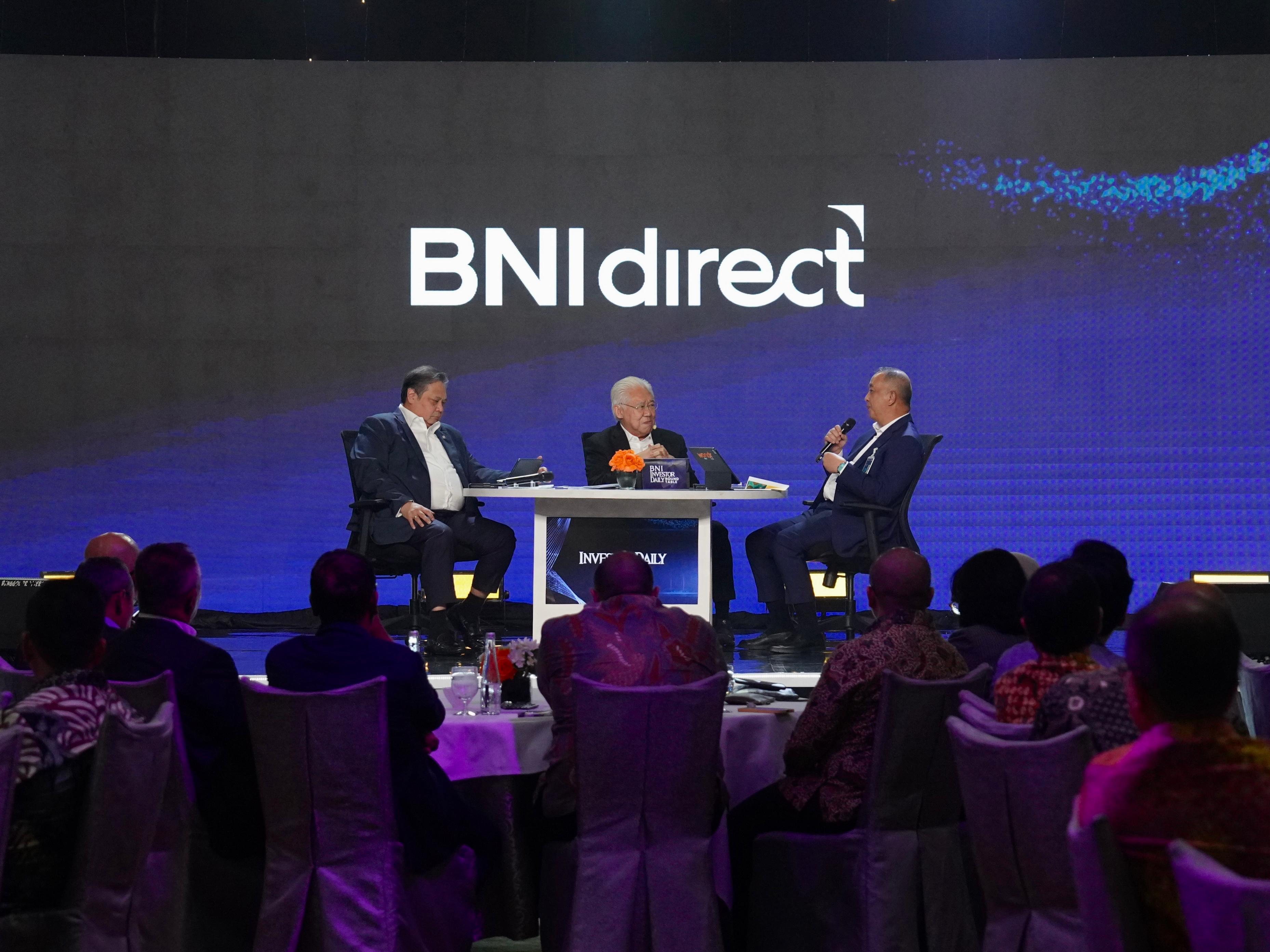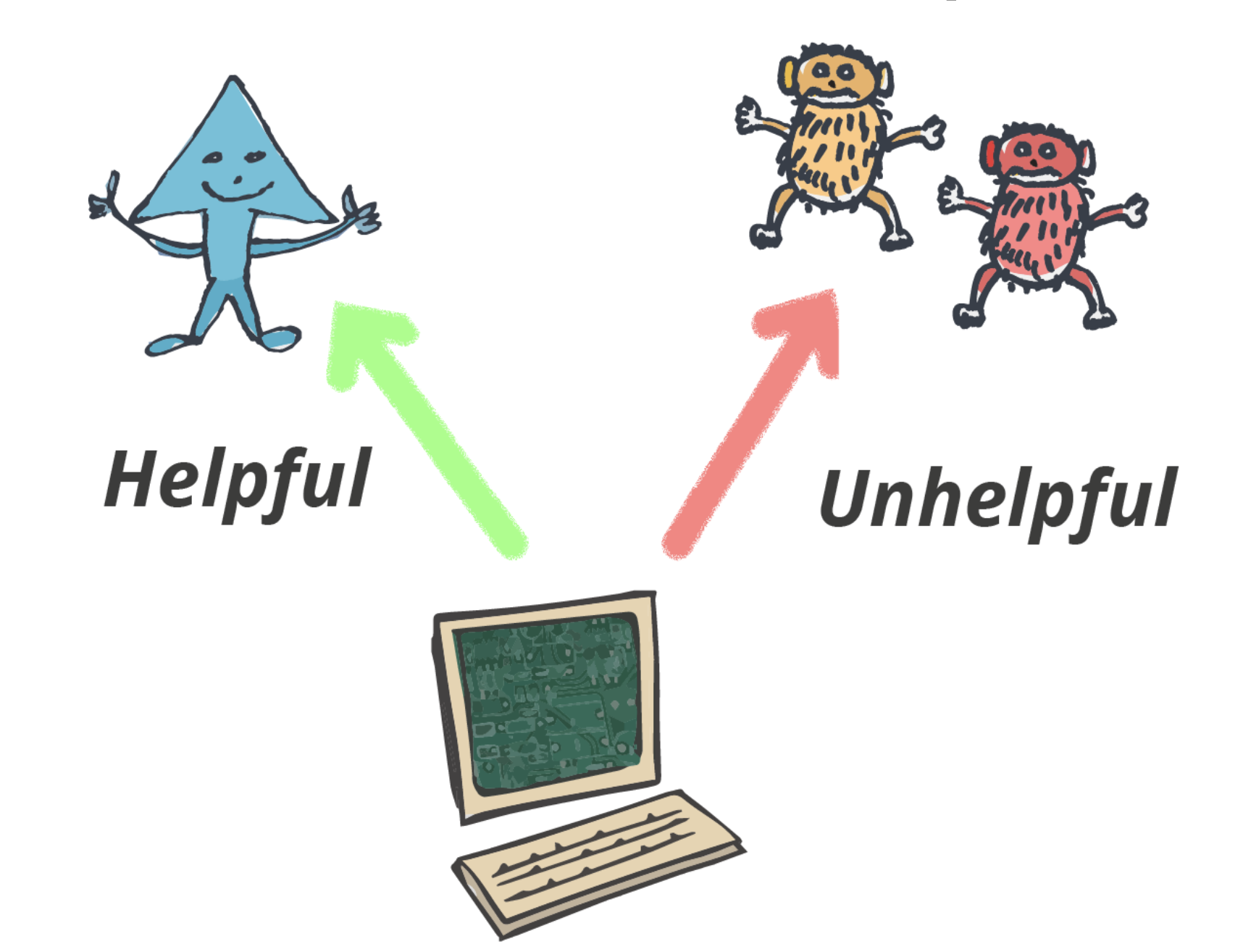The establishment of a public relations agency in Malaysia can be traced back to the British Settlement in Malaya during the 20th century. At that time, the British government colonised the Malay lands for tin and rubber. With the rising rubber boom in 1905-1912, the European and British investors felt Malay was a profitable colony.
According to an article by Souket and Idid (2019), the need for advertisements was essential to attract new investors. At the same time, behind the advertisements, the British tried to exploit the Malay so they could claim the land. Thus, through Anglo-Siamese Treaty in 1909, Malaya was officially changed its name to British Malaya and is divided into three states, the Straits Settlements, the Federated Malay States, and the Unfederated Malay States.
Since the Malay land had been divided into three, the British government realised they needed an information agency to control the communication between Malayan and British. Therefore, the British government launched the Federated Malay State Development Agency in 1910 to provide information regarding the production and attraction of the states in the Malay peninsula and encourage more investment in the colony. Furthermore, it also created and maintained rapport between the British officers and the interested parties in London. In terms of practice, the agency gave lectures, posted writings and articles to the British press. Besides that, it also promoted Malaya to prospective travellers through maps and photographs.
In 1911, the Federated Malay State Development Agency decided to change its name to the Malay States Information Agency. With the rise of rubber industries and tin production, the principal work of the agency was to produce advertising to promote those products. However, during the First World War, the government decided to cut the colonies’ budget, including the budget for the agency. This condition reduced the agency’s ability to promote Malaya, which in turn reduced its relevance.
(The Information Guide from the Malay States Information Agency)
(Source: Archieve.org 1920)
In 1928, The Malayan Information Agency (MIA) was established to support the Association of British Malaya. The agency not only provided information regarding Malaya but also hosted many exhibitions. However, another budget cut forced the agency to forge a link with the Empire Marketing Board (EMB) to promote British colonial products and British itself to the colonies. The EMB successfully promoted Malayan films and products to the British. Nevertheless, some of the key roles of MIA were transferred to EMB.
(One of the pamphlets from the Malayan Information Agency)
(Source: WorthPoint)
In 1932, the MIA shifted its focus to become more of a “trade agency” by providing statistical reports on trade. In the following years, the agency performed as a trade commission overseeing the production of tin and rubber. However, its Publicity Department was still supplying newspapers and journals with trade figures or other information.
After a temporary suspension due to World War II, The MIA resumed its work once the Japanese had left Malaya. It continued to operate until 1957 when it was replaced by the High Commission of Malaysia to control the discourse of the media.
Throughout its existence, the agency played a very important role in shaping Malaya’s reputation locally and internationally. The agency went through an evolution process to adapt to the different challenges and opportunities that were present at different times, which resulted in multiple names and role changes. However, the agency’s work to promote local businesses using different public relations tactics that were available at the time managed to draw investors and tourists alike to British Malaya
(Photo source: Flickr)












